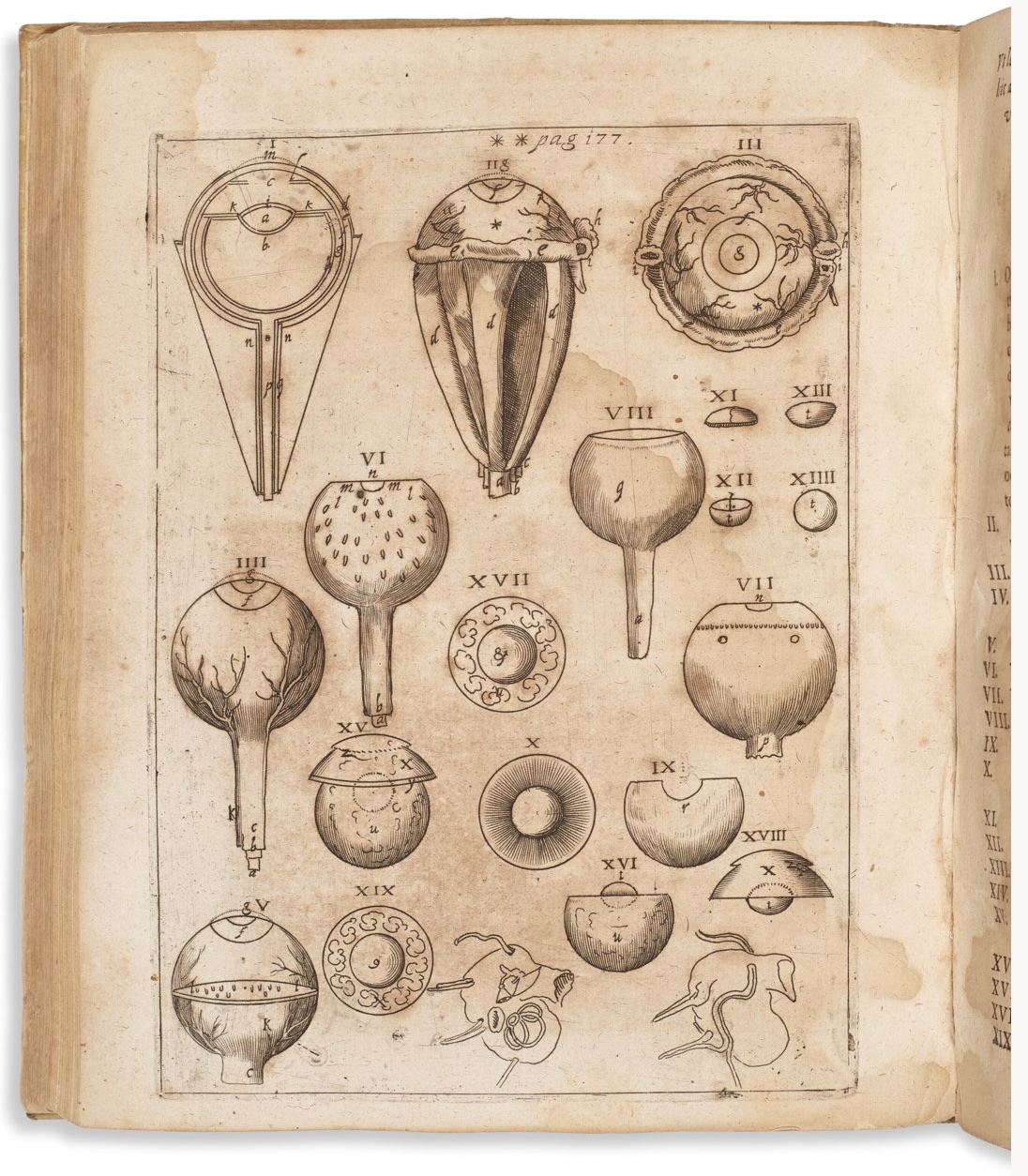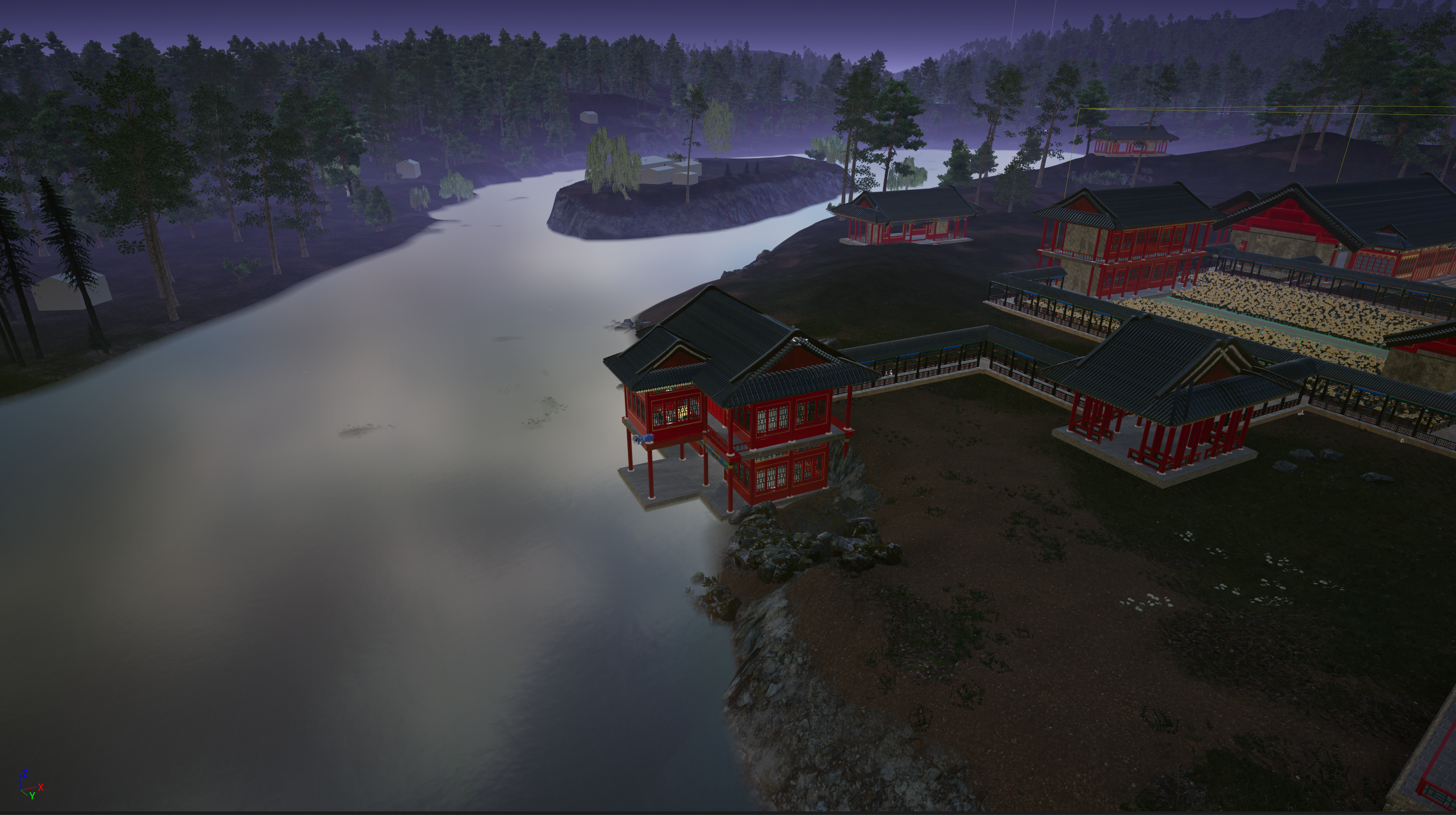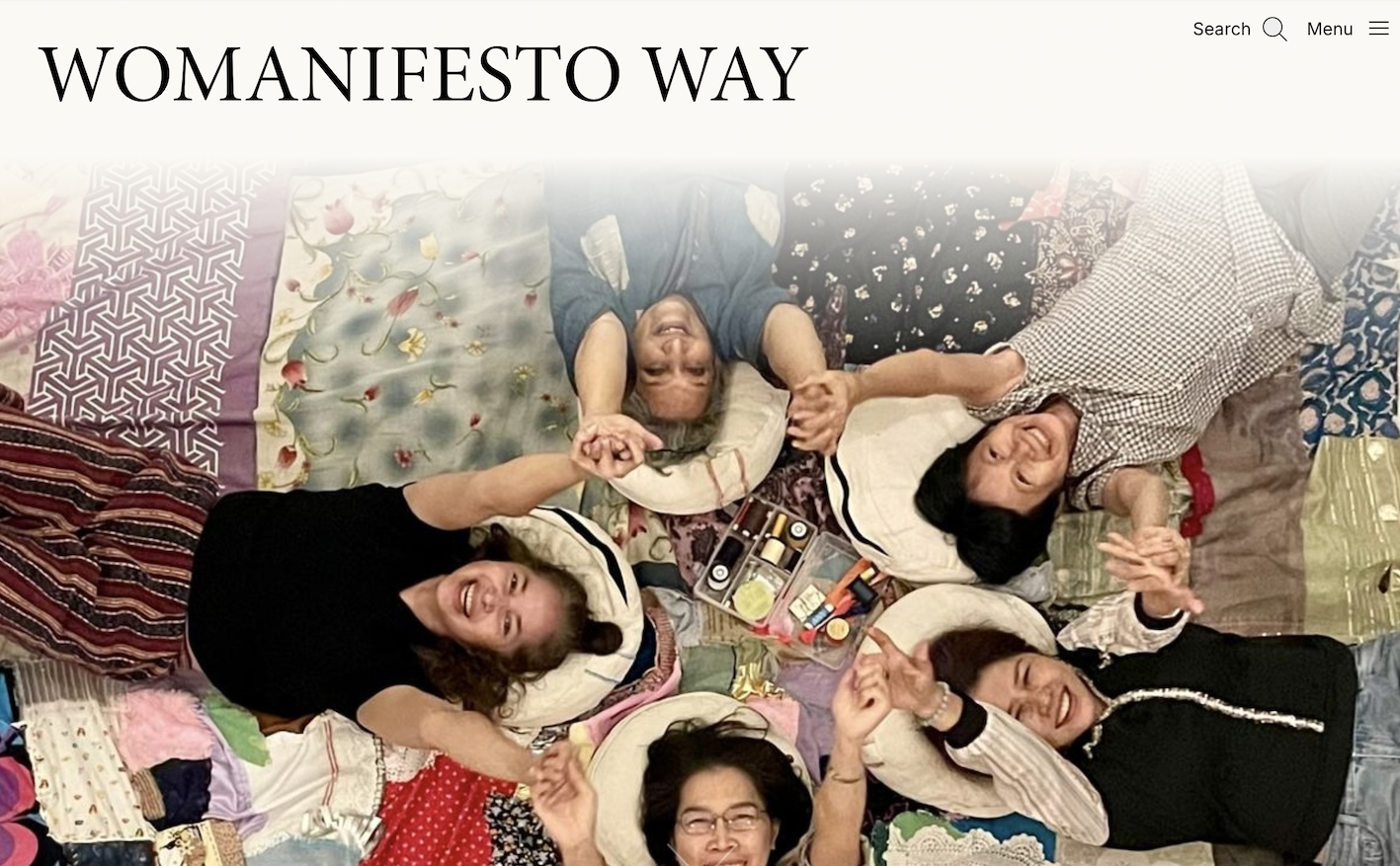Visual Understanding Initiative
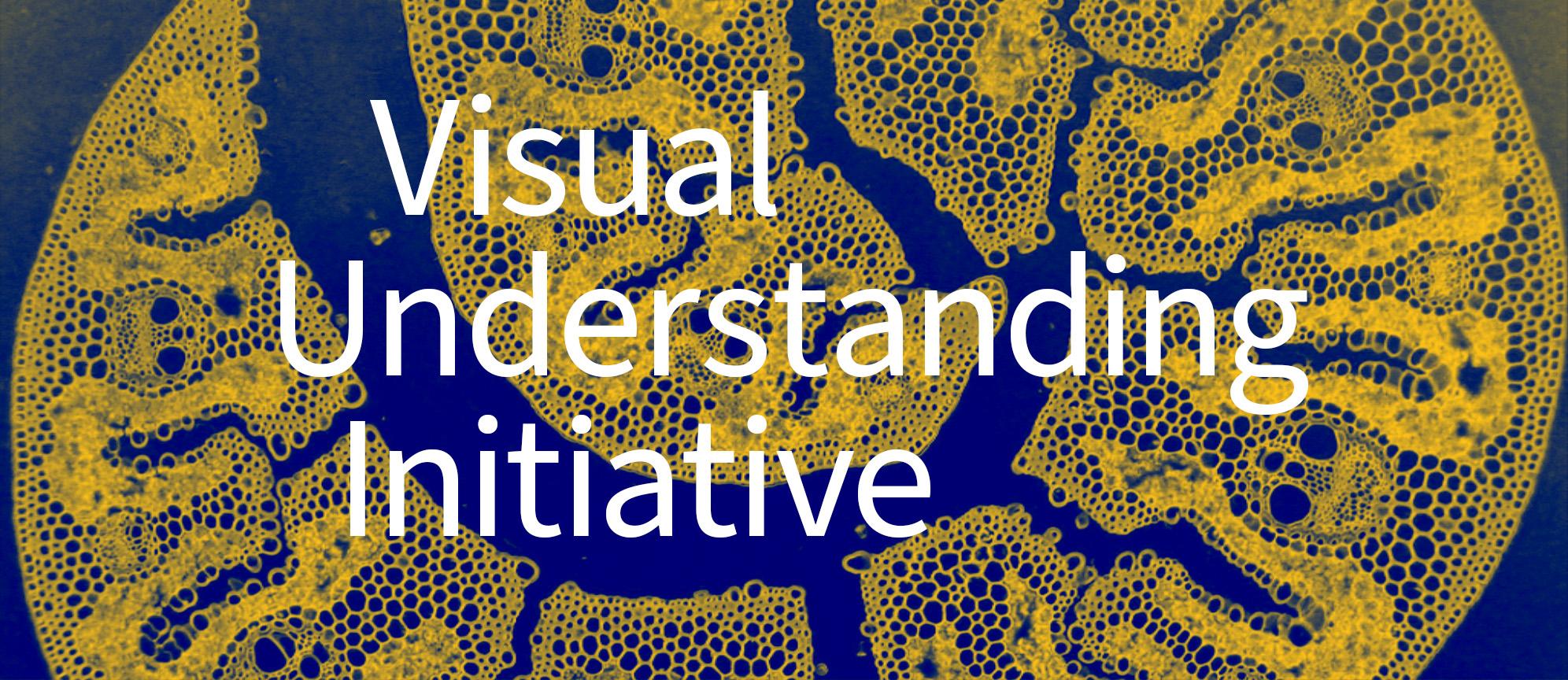
The Visual Understanding Initiative (VUI) combines creative enquiry and expression with scientific examination and experimentation to decode how we see and the visual worlds that make us
Launched by the Power Institute, The Visual Understanding Initiative (VUI) combines creative enquiry and expression with scientific examination and experimentation to decode how we see and to better understand the visual worlds that make us: from our dependence on imagery in our personal and social lives to discoveries on the edge of seeing.
It brings together specialist knowledge across humanities and STEM disciplines—artists, art historians, researchers, professionals and industry partners—to generate critical understanding of the visual world through teaching, cross-disciplinary research, digital and print publishing and public engagement.
The work of the VUI is organised across three pillars.
1. Critical Looking
As rational human beings, we often declare that we do not believe in something until—as the idiom goes—we have seen it with our own eyes. Images and videos have long been considered as authentic records of the truth. While some images help us understand information that we would otherwise not be able to process, other images can keep us adrift from reality, exposing us to mis-and disinformation.
Under this focus stream, Power has been building a multidisciplinary team which will explore how cognition and psychology impact what we see and think of as ‘true’. As colleagues from health, neuroscience and psychology explore the influence of memory and emotions on visual cognition, colleagues from engineering and the humanities, including art historians, artists and curators, will work alongside each other to understand how visual perception is altered. By bringing together skills and expertise from scientific, social and cultural fields, VUI aims to expand our understanding of the visual world beyond the vantage point of the artist and art historian alone and better equip society to navigate this hyper visual era.
Key Programs: Image Complex, The Machine Eye
2. Indigenous Ways of Seeing
For Indigenous communities, cultural and scientific knowledge is created, held and distributed in visual form. More than 30 years of research have shown the importance of visual understanding to environmental custodianship, social systems, and the circulation of cultural knowledge within and between Indigenous communities. The VUI is engaging with and learning from a broad range of visual knowledge systems, whether they are performed, inscribed or painted. This approach contributes to global efforts to reframe conventional views of the world by finding ways to embed diverse visual vocabularies within traditionally text-based systems and infrastructures.
Our work in this area includes the creation of the world’s first First Nations-led publication series focusing on visual knowledge (print and digital). Engagement with a range of local knowledge holders from communities across Australia, Asia and the Pacific to record visual knowledge in first languages and increase access to objects in international collections. And, work on sector-wide protocols and principles for cross-cultural collaborative research and outreach projects including digital publications and multilingual image annotation.
Key Programs: First Nations Visiting Professorships, Kānawāpātahmōwin: Indigenous Visual Knowledge
3. Visualising Ideas
How can we enlist images to make information and research more accessible, comprehensible, and engaging for broad audiences? The VUI is working on ways to distil important ideas into clear visual storytelling. New methodologies, tools, and digital infrastructure will support researchers across Humanities and STEM, and those working in galleries, museums, cultural industries and the media.
Building on its long history as the leading publisher of books on art history and visual culture in the region, Power is working with partners to develop sector-leading research infrastructure to support researchers working with art, material culture and image collections more broadly. These will include a series of innovative digital publications with image-rich interfaces, interactive maps and virtual reality models.
Key Programs and Digital Projects: Womanifesto, Digital Art History Publishing and Platforms
Key People
VUI Co-leads: Professor Mark Ledbury and Marni Williams
VUI Public Programs and Engagement: Nicholas Croggon
Research Fellow in Visual Understanding: Dr Katrina Grant
Events
Past
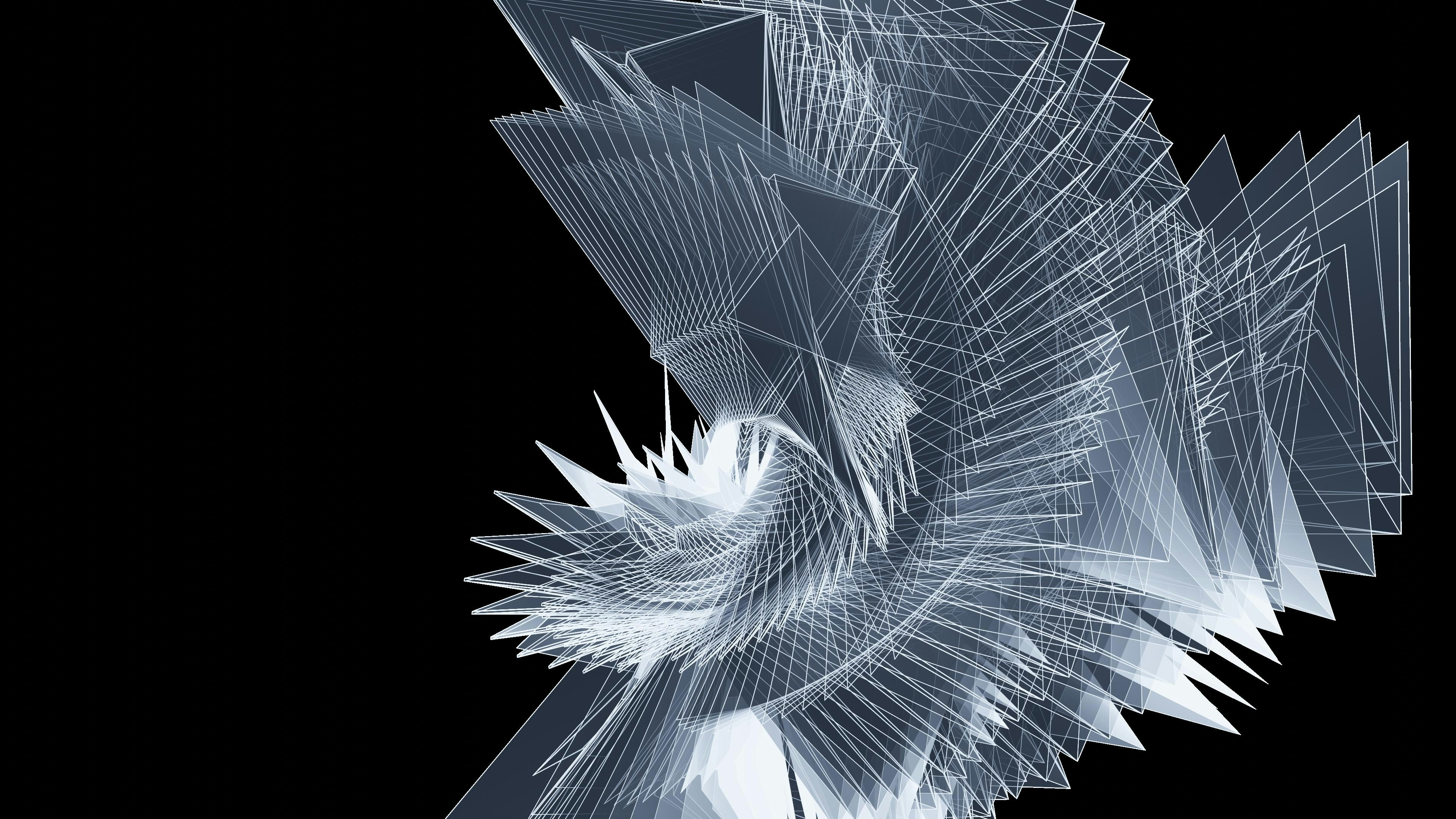
Sharing digital image collections: A workshop on the International Image Interoperability Framework
A half-day symposium on the International Image Interoperability Framework: what it is, and how institutions can use it.
A set of two panels exploring historical crises in seeing as a means to explore the longer histories of vision.
Publishing
The Virtual Mountain Estate: An X-Sheds Project
The Virtual Mountain Estate is a multimodal digital project that explores the nature of subjective experience of landscape in eighteenth-century China.
The Womanifesto Way is a Digital Edition by Power Publications. It allows the reader to explore the history of Womanifesto a women-centred arts collective that began in Thailand in 1995, through essays, images, videos and networked connections.

